Preserving the Past: Granny's Paring Knife and the Art of Canning
Introduction:
In a world of modern gadgets and cutting-edge technology, sometimes it's the simplest tools that hold the most profound meaning. The story of Granny's paring knife is a testament to the enduring power of cherished family traditions and the nostalgia that comes with preserving food on a farm. As we journey through the memories of a family's legacy, we discover the profound impact that a humble knife can have on generations to come.
Article:
Nestled amidst the rolling fields of a cherished family farm, a house stands as a testament to the generations that have called it home. Its walls reverberate with laughter, stories, and the aroma of homemade delicacies. This is the place where memories were made, where familial bonds were strengthened, and where the art of canning came to life. Today, as the farm is reawakened by the footsteps of a husband and wife duo, the echoes of the past resound through their shared experiences.
Returning to the farmhouse that once belonged to her grandparents and parents, our protagonist and her husband have embarked on a journey back to their roots. Semi-retired and with a deep appreciation for the land that sustains them, they have embraced the bountiful joys of gardening and canning. But amidst the vibrant rows of vegetables and the harmonious chorus of nature, a discovery awaited them that would bridge the gap between generations.
As they delved into the art of canning, our protagonist stumbled upon an old paring knife, weathered by time and etched with memories. This, she realized, was the very knife her Granny had used for canning. Holding it in her hands, she could almost feel the weight of the past, the countless hours spent on a bench in the screened porch, diligently prepping vegetables and absorbing the wisdom passed down from one generation to the next.
Now in her sixties, our protagonist reflects on the invaluable lessons learned during those summers of her youth. The bench on the porch served as her classroom, where she absorbed the secrets of her Granny's canning prowess. With each slice of a vegetable or fruit, Granny would share stories of bygone eras, instilling a deep appreciation for the land, the harvest, and the importance of preserving food for the family's sustenance.
Unbeknownst to her at the time, those seemingly ordinary moments would become the foundation of her culinary skills and an enduring connection to her family's heritage. The paring knife became a silent witness to countless jars filled with love, sealing in the flavors of summer to be enjoyed during the colder months. It became a symbol of resilience, resourcefulness, and the unbreakable bond between past and present.
Now, on the precipice of a new chapter in her canning journey, our protagonist has decided to honor the legacy of Granny's paring knife. While she acquires new knives for the task at hand, she plans to frame the aged blade and mount it on the kitchen wall—a reminder of the invaluable gifts bestowed upon her by her ancestors. With each use of the knife, she will be transported back to the days of her youth, cherishing the knowledge and experiences that have shaped her into the person she is today.
Conclusion:
In the realm of culinary traditions, it is not merely the flavor of a dish that captivates us but the stories of the hands that prepared it. Granny's paring knife, weathered yet resilient, stands as a testament to the enduring power of family, heritage, and cherished memories. As our protagonist continues her canning endeavors with a fresh set of knives, she carries the spirit of Granny's teachings, forever grateful for the time spent on that bench, and recognizing the blessings bestowed upon her by the legacy of her family farm.
Recipe:
Concord Grape and Cranberry Juice
Ingredients:
- - 4 cups concord grapes
- - 2 cups cranberries
- - Water (as needed for desired consistency)
- - Sugar (optional, to taste)
Instructions:
1. Wash the grapes and cranberries thoroughly, removing any stems or leaves.
2. In a large pot, combine the grapes and cranberries, and add enough water to cover the fruits.
3. Bring the mixture to a boil over medium heat, then reduce the heat and simmer for 20-30 minutes, or until the fruits are soft and mushy.
4. Once cooked, allow the mixture to cool slightly before transferring it to a fine-mesh strainer or cheesecloth set over a bowl or large pitcher.
5. Gently press the fruits with the back of a spoon or spatula to extract as much juice as possible. Discard the solids.
6. Measure the extracted juice and add water as needed to reach your desired consistency.
7. If desired, sweeten the juice with sugar to taste, stirring until it dissolves completely.
8. Pour the juice into sterilized quart-sized canning jars, leaving 1/4 inch of headspace at the top.
9.Apologies for the incomplete response. Here's the continuation of the recipe:
9. Wipe the jar rims to remove any spills or residue, place the lids on the jars, and screw on the bands until they are fingertip-tight.
10. Process the jars in a boiling water bath canner for 15 minutes, adjusting the processing time based on your altitude if necessary.
11. After the processing time is complete, turn off the heat and let the canner cool for a few minutes. Carefully remove the jars from the canner and place them on a towel or rack to cool completely.
12. As the jars cool, you may hear the lids make a popping sound, indicating a proper seal. Once cooled, check the seals by pressing down on the lids; they should be firm and not move or flex.
13. Store the properly sealed jars in a cool, dark place, and enjoy the fruits of your labor throughout the year.
Note: It's crucial to consult reliable canning resources or your local extension service for specific instructions and processing times based on your location and the type of juice you are canning.




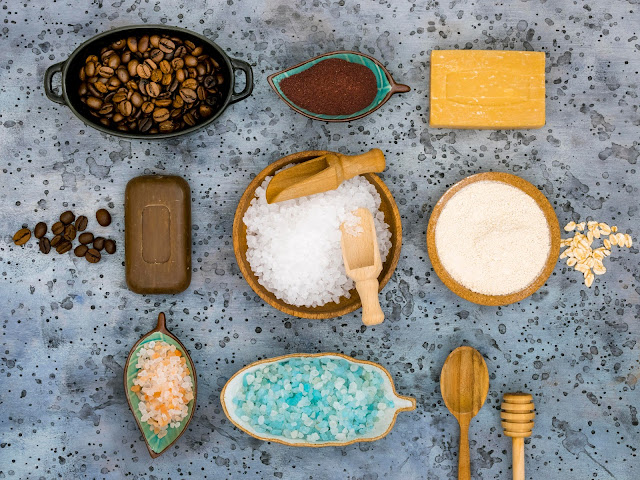

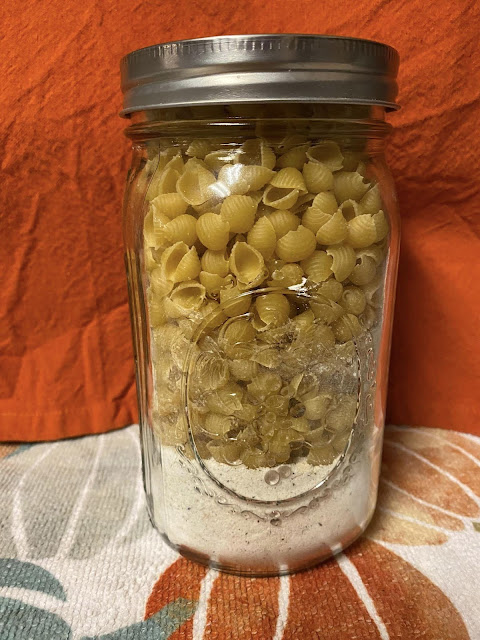




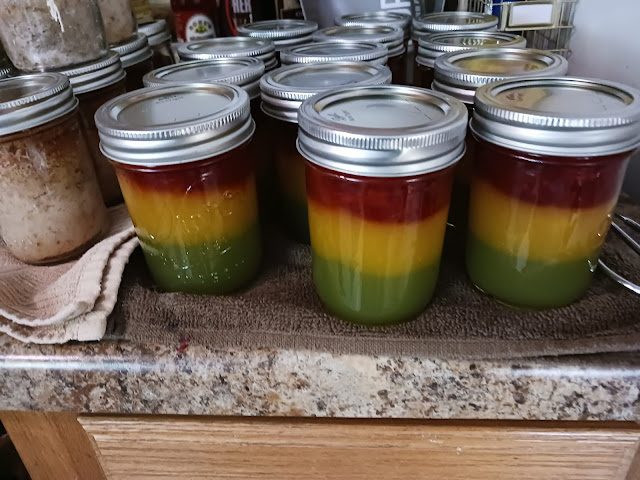

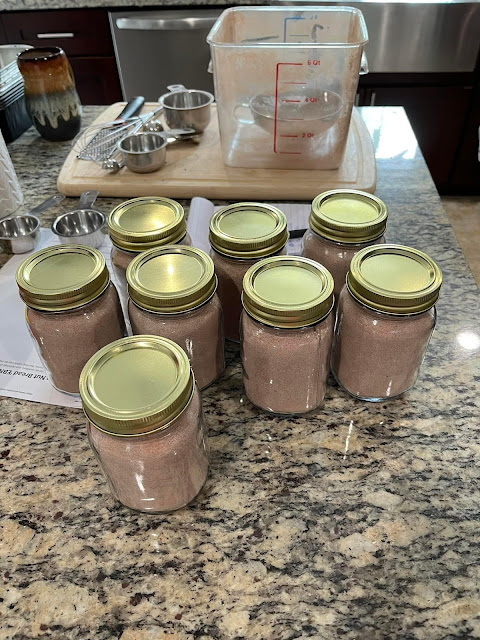
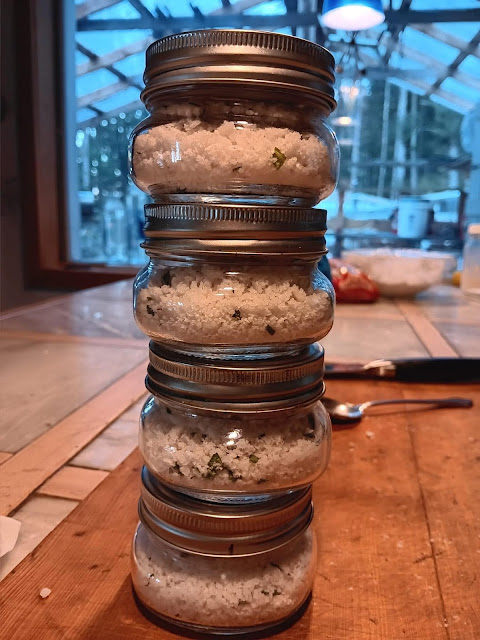
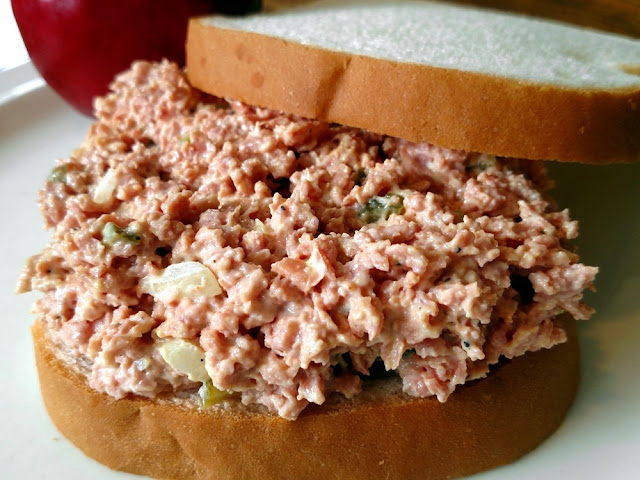
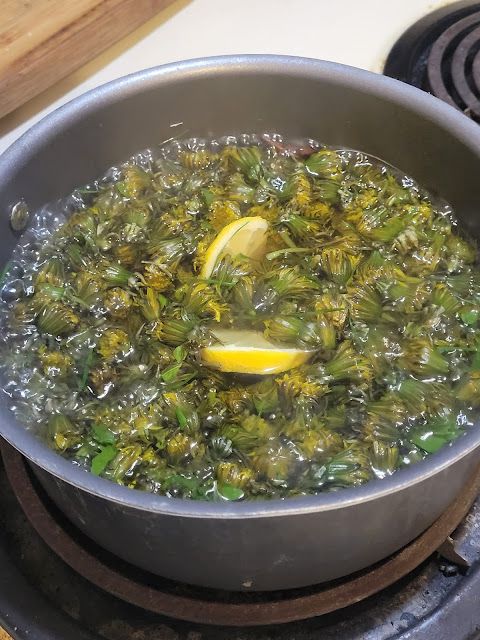



Comments